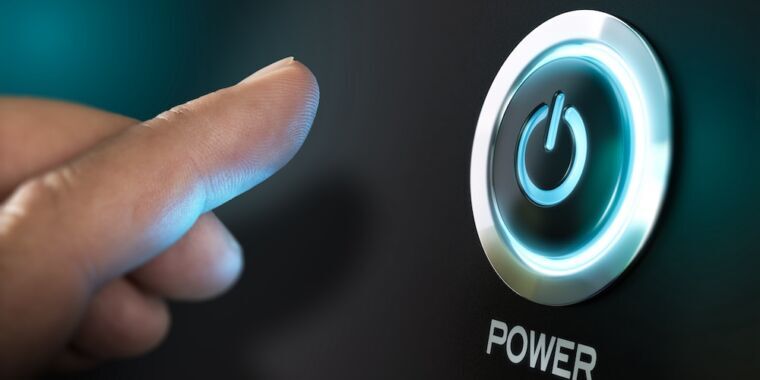Last Tuesday, loads of Linux users—many running packages released as early as this year—started reporting their devices were failing to boot. Instead, they received a cryptic error message that included the phrase: “Something has gone seriously wrong.”
The cause: an update Microsoft issued as part of its monthly patch release. It was intended to close a 2-year-old vulnerability in GRUB, an open source boot loader used to start up many Linux devices. The vulnerability, with a severity rating of 8.6 out of 10, made it possible for hackers to bypass secure boot, the industry standard for ensuring that devices running Windows or other operating systems don’t load malicious firmware or software during the bootup process. CVE-2022-2601 was discovered in 2022, but for unclear reasons, Microsoft patched it only last Tuesday.
…
The reports indicate that multiple distributions, including Debian, Ubuntu, Linux Mint, Zorin OS, Puppy Linux, are all affected. Microsoft has yet to acknowledge the error publicly, explain how it wasn’t detected during testing, or provide technical guidance to those affected. Company representatives didn’t respond to an email seeking answers.



When I was still dual-booting Windows and Linux, I found that “raw disk” mode virtual machines worked wonders. I used VirtualBox, so you’d want a guide somewhat like this: https://superuser.com/questions/495025/use-physical-harddisk-in-virtual-box - other VM solutions are available, which don’t require you to accept an agreement with Oracle.
Essentially, rather than setting aside a file on disk as your VM’s disk, you can set aside a whole existing disk. That can be a disk that already has Windows installed on it, it doesn’t erase what you have. Then you can start Windows in a VM and let it do its updates - since it can’t see the bootloader from within the VM, it can’t fuck it up. You can run any software that doesn’t have particularly high graphics requirement, too.
I was also able to just “restart in Windows” if I wanted full performance for a game or something like that, but since Linux has gotten very good indeed at running games, that became less and less necessary until one day I just erased my Windows partition to recover the space.
And probably disable quick boot as I’m guessing the kernel is going to get pissed when you suddenly switch between virtualization and native
I’ve never run a virtual machine, because I’ve always had, frankly, really shitty laptops. Like… Cheapest of the cheap without being a Chromebook. Only decent computer I’ve ever bought got broken within a month. :(
Can I run VMs on really low end specs? The screenwriting software is the only thing I need it for, and I’m assuming it’s pretty much the same as running a word processor.
Provided your CPU has virtualization features (described here) then the performance overhead for virtualization is negligible. So very probably you’ll be fine.
The memory requirements for virtualization is not negligible.
That depends, if you’re going to run a barebones W10 install with what amounts to a word processor I think 2GB should be enough. If you can run Chrome you can run a VM. 4GB if you’re feeling generous, that’s a fair compromise as compared to the disadvantages of dual booting.
I remember trying to push the limits with a Windows 10 VM, and 2GB was the bare minimum;
however, Windows loves to abuse virtual memory (basically using the main storage drive instead of RAM) and if that drive is a HDD the PC is little more than an IoT space heater.
A relative of mine has a Windows 10 PC with 4GB of memory and it takes ~ 5 minutes to start Chrome after booting it up; it does have a lot of miscellaneous bloatware on it, though.